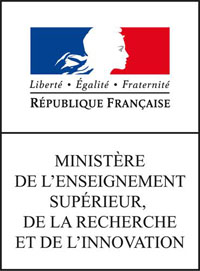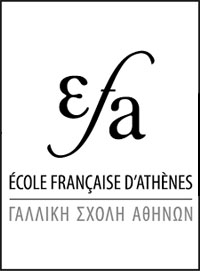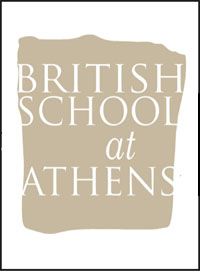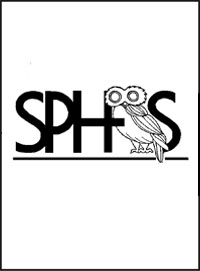Aigion, Graikas - 2006
Informations Générales
Numéro de la notice
8388
Année de l'opération
2006
Chronologie
Mots-clés
Nature de l'opération
Institution(s)
Localisation
Toponyme
Aigion, Vostitsa
Aigion, Vostitsa
Notices et opérations liées
2006
Description
Aigion, Graikas. Andreas Vordos and Michalis Petropoulos (ΣΤ’ ΕΠΚΑ) report on further investigation at the temple of Graikas, located between the Geometric temple of Aontia Artemis and the Late Geometric temple of Trapezas. In 2007, excavations mapped the complete outline of the temple. Work was also undertaken in the cella, within which was built the later Christian chapel of Agios Sostis.
The peripteral temple was aligned on an E-W axis and was approximately 32.4 m. in length and 15 m. in width (Fig. 1). The eastern part of the peristasis was preserved only in the north-eastern and south-eastern corners to the height of the euthynteria. It consisted of two rows of roughly worked limestone blocks without metal joins. In the western part of the temple, the peristasis included the euthynteria and the first step of the krepis (Fig. 2). This was best preserved on the southern side of the temple where the euthynteria was also discovered, along with the first step of the krepis and about thirteen carefully worked stone blocks of the second step (0.25 m. high) which served as the stylobate of the temple (Fig. 3).
Work in the cella led to the discovery of the foundation wall of the adyton and the northern and eastern walls of the cella which sit on the euthynteria (Fig. 4). A few Late Geometric pottery sherds were collected. The temple was roofed with Corinthian tiles, some dated to the 4th c. BC, corresponding to the final phase of use of the building. Additional finds included pottery dated from the 6th c. BC to the Hellenistic, along with a few figurine fragments and objects related to the use of the Christian chapel.
The peripteral temple was aligned on an E-W axis and was approximately 32.4 m. in length and 15 m. in width (Fig. 1). The eastern part of the peristasis was preserved only in the north-eastern and south-eastern corners to the height of the euthynteria. It consisted of two rows of roughly worked limestone blocks without metal joins. In the western part of the temple, the peristasis included the euthynteria and the first step of the krepis (Fig. 2). This was best preserved on the southern side of the temple where the euthynteria was also discovered, along with the first step of the krepis and about thirteen carefully worked stone blocks of the second step (0.25 m. high) which served as the stylobate of the temple (Fig. 3).
Work in the cella led to the discovery of the foundation wall of the adyton and the northern and eastern walls of the cella which sit on the euthynteria (Fig. 4). A few Late Geometric pottery sherds were collected. The temple was roofed with Corinthian tiles, some dated to the 4th c. BC, corresponding to the final phase of use of the building. Additional finds included pottery dated from the 6th c. BC to the Hellenistic, along with a few figurine fragments and objects related to the use of the Christian chapel.
Auteur de la notice
Michael Loy
Références bibliographiques
ADelt 62 (2007) Chr., 510-513
Légende graphique :
![]() localisation de la fouille/de l'opération
localisation de la fouille/de l'opération
![]() localisation du toponyme
localisation du toponyme
![]() polygone du toponyme Chronique
polygone du toponyme Chronique
Fonctionnalités de la carte :
![]() sélectionner un autre fond de plan
sélectionner un autre fond de plan
![]() se rapprocher ou s'éloigner de la zone
se rapprocher ou s'éloigner de la zone
![]() afficher la carte en plein écran
afficher la carte en plein écran
Date de création
2020-06-04 11:13:33
Dernière modification
2024-01-18 09:14:56








